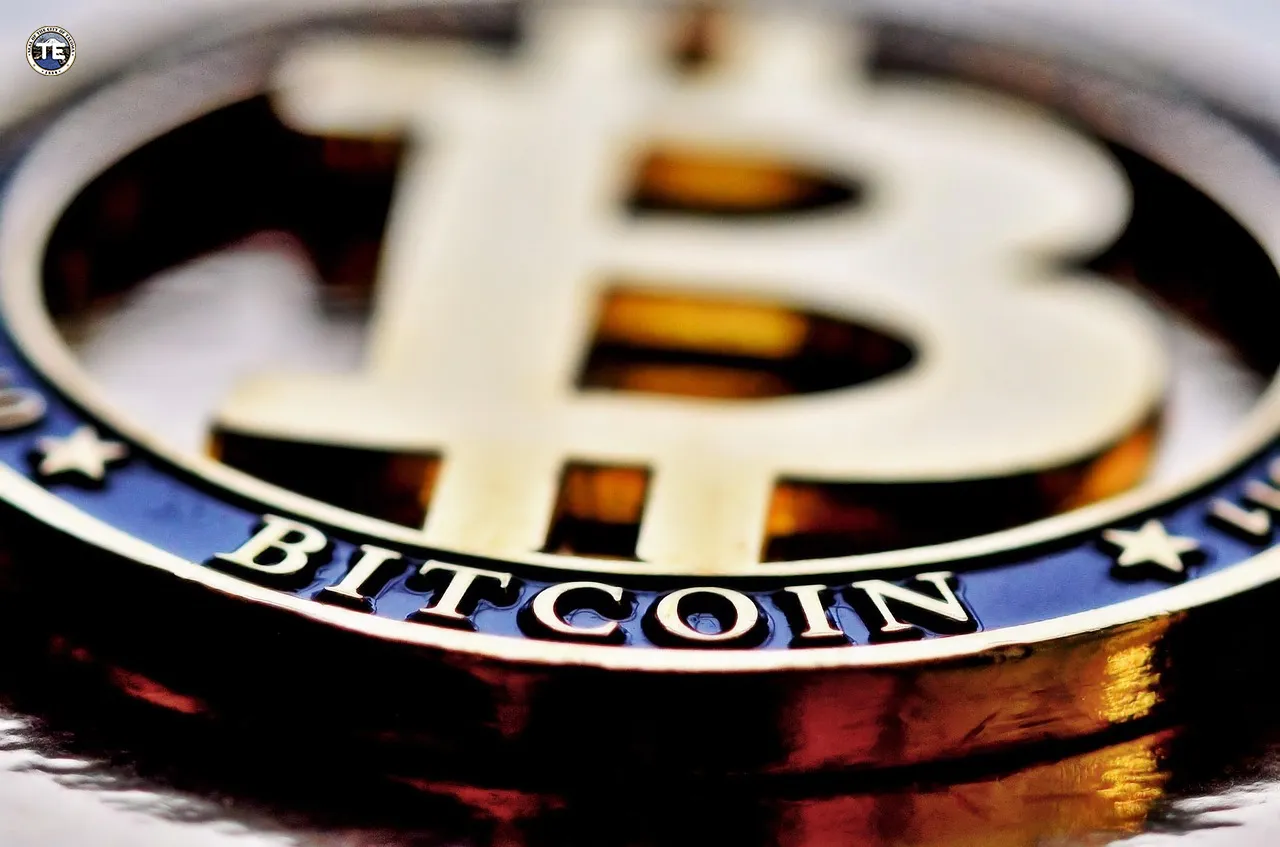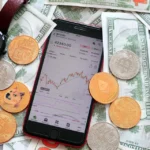A rush of headlines over two days set a sharp tone for crypto markets. Ripple secured $500 million at a $40 billion valuation after a historic surge in XRP. Hours later, XRP notched a 5% daily gain as a Mastercard pilot involving Ripple’s RLUSD stablecoin energized traders and pushed the token ahead of a weakening market. By evening, a large trader took the opposite side of the story, placing heavily leveraged short positions against both Bitcoin and XRP on Hyperliquid, chalking up about $3.1 million in profit as prices slipped intraday.
The sequence captured a split screen: deep-pocket support for a payments-focused crypto company, a near-term technical tailwind for its native token, and a stark reminder that leverage and skepticism remain alive in digital assets.
The moves played out on Wednesday and Thursday across global crypto venues. On Wednesday, Ripple announced its new financing. Early Thursday, XRP surged after the announcement of the RLUSD Mastercard pilot and a technical breakout. Later Thursday, fresh data from derivatives platform Hyperliquid showed a single account holding roughly $140 million in short exposure against Bitcoin and XRP, with visible profits as prices backed off.
Wall Street-Backed Raise Puts Ripple at $40 Billion
Ripple said it raised $500 million at a $40 billion valuation, marking a significant capital event for one of the crypto industry’s most closely watched companies. The money came from affiliates of established Wall Street firms, including Citadel Securities and Fortress Investment Group. The rise followed what the company described as a historic surge in XRP, which sharpened attention on Ripple’s growth prospects.
The valuation put Ripple among the industry’s highest-valued firms, even as broader crypto markets continue to cycle through bouts of risk-on and risk-off sentiment. Backing from affiliates of large financial players signaled that parts of traditional finance still see durable opportunities in blockchain-driven payments and token-linked ecosystems. The round also set a new benchmark for late-stage crypto valuations during a volatile year.
Payments Push: RLUSD Pilot with Mastercard Lifts XRP
The next morning, XRP gained about 5% after a Mastercard pilot involving RLUSD, Ripple’s dollar-linked stablecoin. The move marked XRP’s most substantial daily gain in a week. It outperformed a broader crypto market that traded lower on the day. The pilot renewed focus on on-chain payments, merchant integrations, and the role that stablecoins can play in smoother settlement and more predictable transaction flows.

Traders focused on both the optics and the mechanics. Mastercard brings a global brand and payments infrastructure to any pilot it touches. RLUSD introduces a stable value instrument that can be easily integrated into payment rails, unlike a volatile asset. The pairing drew attention from market participants who see real-world tests as essential steps toward mainstream adoption.
Chart Watch: Traders Target a Push to $2.50
Technical traders described the day’s move as a breakout that set up a clear target. They focused on a potential push toward $2.50, a level that now serves as the next obvious checkpoint on many trading desks. The clean move higher in the face of a weak tape added momentum to that thesis, as did a fresh narrative catalyst from the pilot news.
Short-term levels matter because liquidity and sentiment can swing fast in crypto. A move toward $2.50 could draw in more momentum accounts, but it also narrows the room for error. A failure to build on the breakout would expose the prior range and invite mean reversion. With headline risk elevated and whales active, traders closely monitored intraday order books.
Whale Steps In: $140 Million in Shorts Against Bitcoin and XRP
By late Thursday, derivatives watchers flagged a large account on Hyperliquid running two heavy short positions against Bitcoin and XRP. The combined notional totaled roughly $140 million. The bet produced about $3.1 million in unrealized profit as prices dipped intraday. The timing stood out: just hours after XRP’s breakout and payments headline, a whale pressed a contrarian view.
The positioning underlined the uneven risk tone in digital assets. Big players continue to seek tactical advantages by leveraging their position. When liquidity thins, these positions can push prices around, ever more so during news-heavy windows. The whale’s profit signaled that, despite optimistic headlines, parts of the market leaned cautious and saw room for retracement.
Funding Meets Skepticism: What the Split Tells Us
Taken together, the funding round, the pilot, and the whale’s short captured a familiar crypto pattern. Long-term capital signaled confidence in infrastructure and payments use cases. Near-term technicals favored XRP on fresh news. Yet a leveraged bear bet quickly found traction as prices softened during the U.S. trading day. The split illustrates how narratives and positioning intersect in a market where derivatives often precede spot.
For investors, this means clearly framing time horizons. Strategic allocations may look to Ripple’s capital base and enterprise ties as signals of durability. Tactical traders may lean on technical triggers and liquidity signals. Both camps must account for the speed and size of leveraged flows, which can reshape the tape within hours.
Why RLUSD and Payments Matter Now
Stablecoins remain core tools for on-chain finance because they reduce volatility in settlement and can interface with established payment networks, thereby facilitating seamless transactions. A pilot with a global card brand tests how these instruments perform under real-world conditions, including compliance, speed, and user experience. Success could unlock broader merchant participation and lower friction for cross-border activity.
For XRP, the payments angle provides a narrative link to utility. The token’s outperformance on a down day showed how a concrete development can reprice expectations. Traders watched whether volumes sustained and whether follow-through buying confirmed the breakout—the technical target of $2.50 served as a simple marker for momentum.
Risk Lens: Liquidity, Leverage, and Late-Day Reversals
The whale shorts and quick profits reminded the market that leverage remains a double-edged sword. When a single account can move $140 million in notional exposure, intraday volatility can spike, especially if order books are thin. Late-day reversals often occur when leveraged positions accumulate on one side and then unwind, resulting in a significant shift in market direction.
This backdrop shapes participant behavior. Momentum buyers chase breakouts but also hedge their positions. Short-term tests rally, but monitor funding rates and liquidation clusters. In this landscape, news catalysts like enterprise pilots and funding rounds can spark clean moves that later fade as positioning shifts. Traders adjust quickly, and liquidity dictates how far the pendulum swings.
What to Watch Next
Attention now turns to execution. For Ripple, investors will watch how it deploys the $500 million and how the $40 billion valuation frames future strategy. For RLUSD, the Mastercard pilot stands as a practical test. Metrics such as transaction counts, partner participation, and pilot milestones will matter more than headlines. For XRP traders, the $2.50 area offers a precise gauge of momentum. A sustained break could attract fresh flows; a stall would bring the prior range back into play.
Derivatives data will also stay in focus. The whale’s shorts showed that large accounts can lean against rallies and profit quickly. If those positions expand or unwind, that shift could mark the next swing. In the meantime, the past 24 hours delivered a clear message: capital, catalysts, and contrarian trades now shape crypto’s tape in equal measure, and the path forward will hinge on real-world traction as much as chart setups.

Carl Riedel is an experienced writer and Open Source Intelligence (OSINT) specialist, known for insightful articles that illuminate underreported issues. Passionate about free speech, he expertly transforms public data into compelling narratives, influencing public discourse.













